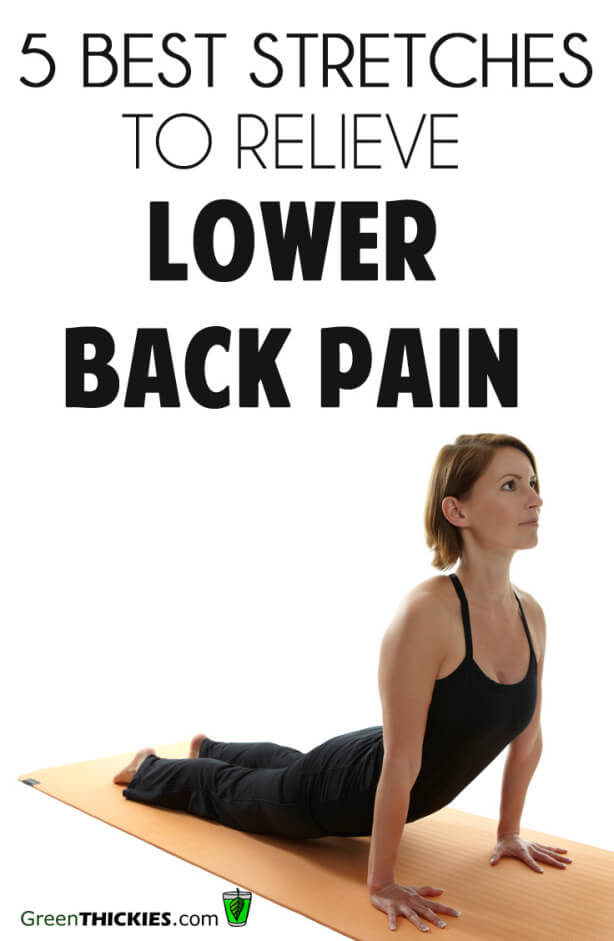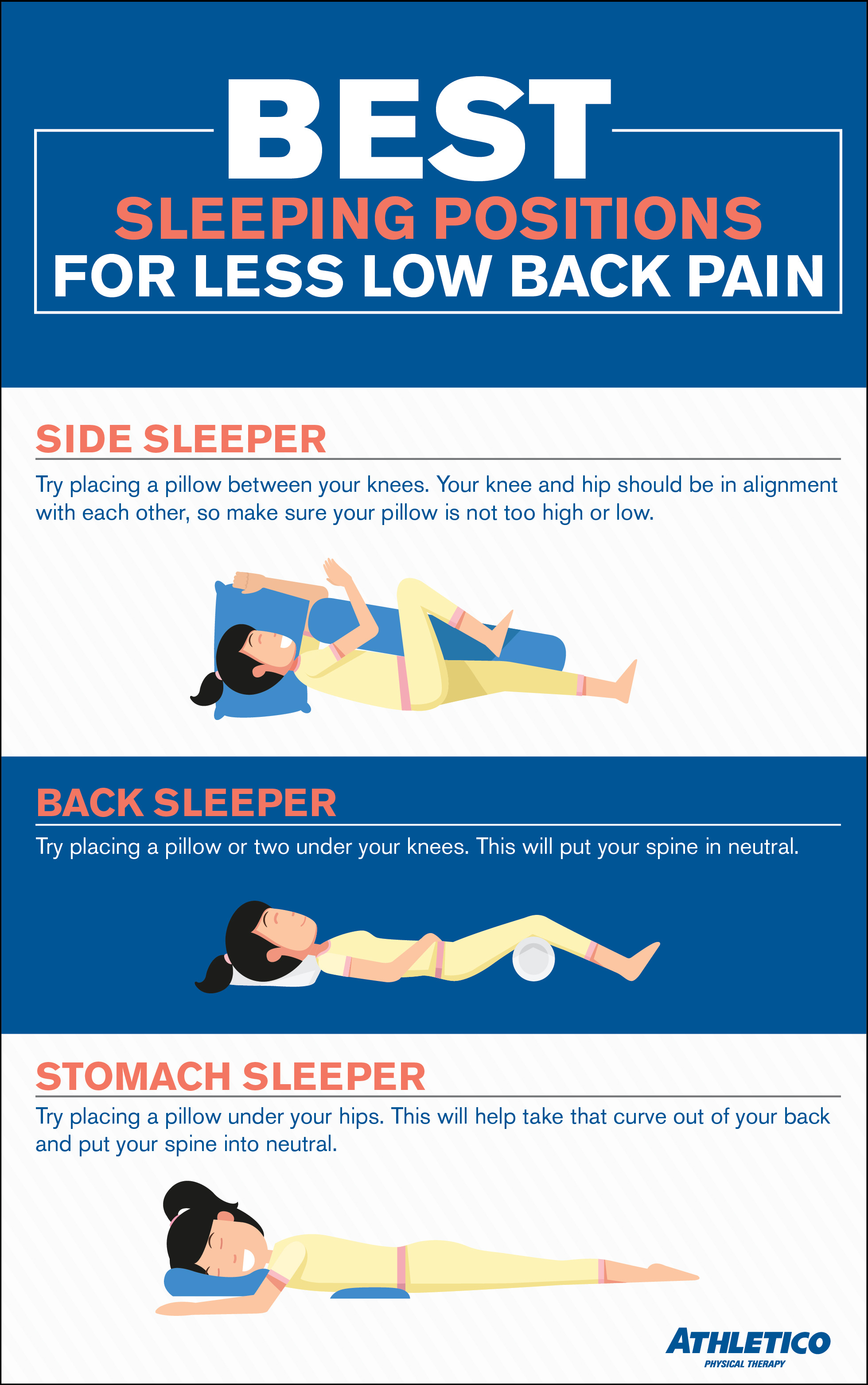The main goal of pain management is to alleviate or reduce pain in individuals suffering from acute or chronic conditions. Pain, whether physical or emotional, can significantly impact a person’s quality of life, impairing their ability to perform daily activities and decreasing overall well-being. Therefore, effective pain management approaches aim to provide relief, improve functionality, and enhance the overall quality of life for patients.
There are various strategies employed in pain management, which can be categorized into non-pharmacological and pharmacological approaches. Non-pharmacological techniques include physical therapy, acupuncture, massage, and cognitive behavioral therapy, among others. These methods aim to address pain through mechanisms other than medication, promoting relaxation, enhancing mobility, and providing psychological support.
Pharmacological interventions, on the other hand, involve the use of medications to manage pain. These can range from over-the-counter drugs, such as nonsteroidal anti-inflammatory drugs (NSAIDs), to prescription medications, including opioids and muscle relaxants. The choice of medication depends on the type and severity of pain, as well as individual factors such as age, medical history, and potential side effects.
In addition to these approaches, pain management also requires a comprehensive assessment of the patient’s condition and the underlying causes of pain. This may involve diagnostic tests, discussions with healthcare professionals, and collaboration between different specialists. By understanding the root cause of pain, healthcare providers can tailor treatment plans that target the source of discomfort and provide long-term relief.
Furthermore, pain management involves educating patients about their condition and providing them with tools to actively participate in their own care. This may include teaching relaxation techniques, recommending lifestyle modifications, and guiding patients on proper medication usage and potential side effects.
In summary, the main objective of pain management is to minimize or alleviate pain to improve the quality of life for individuals experiencing acute or chronic pain. It involves a combination of non-pharmacological and pharmacological techniques, as well as comprehensive assessments and patient education. By employing a multidisciplinary approach, healthcare professionals strive to provide personalized and effective pain relief strategies for their patients.
Is it OK to be in pain everyday?
If you wake up with pain every day, that is not normal. Chronic pain includes both severe and moderate discomfort. So, even if you aren’t in agony, pain can affect your quality of living, especially for older adults. Complications include loss of appetite, mood shifts and fatigue, among other symptoms.
At what point is pain too much?
Impact on your mobility. If the pain makes it hard for you to go about your day, consider seeking medical care promptly. Otherwise, the pain could make it harder to do your work, maintain your household, and enjoy your favorite activities. Once the pain limits your quality of life, seek treatment.
:max_bytes(150000):strip_icc()/wristpainfinal-01-5c45e56c4cedfd0001871f4e.png)
What does constant pain do to a person?
Effect of chronic pain on daily life Chronic pain can cause a person to avoid activities that cause further pain. This can lead to muscle weakness, joint problems and being more prone to injury. These avoidance behaviors also can lead to psychological isolation and stress.
What is the best exercise to relieve lower back pain?
– Child’s Pose. …
– Foam rolling. …
– Pelvic Tilts. …
– Spiky ball roll on glutes. …
– Hip flexor stretches. …
– Piriformis stretches. …
– Thread the needle. …
– Hamstring stretches. Lay on your back, with one leg bent and one leg in the air with a stretch band around your foot.

Is it OK to exercise with lower back pain?
One of the most important things that people with low back pain can do is to stay as physically active as possible in daily life and exercise regularly. Things that have been proven to help include exercises to strengthen the core muscles, as well as certain exercises used in pilates, tai chi and yoga.Feb 9, 2012
Is it better to lay down or walk with lower back pain?
Research shows that: Lying down longer than a day or two day isn’t helpful for relieving back pain. People can recover more quickly without any bed rest. The sooner you start moving, even a little bit, or return to activities such as walking, the faster you are likely to improve.
Is it better to rest or move lower back pain?
While rest is important for healing, make sure you’re not sitting on the couch all day. Low-impact exercise, such as walking, swimming or simple stretching, promotes healing and increases blood flow. If you don’t move at all, the muscles around your spine may stiffen or weaken, which worsens low back pain.




